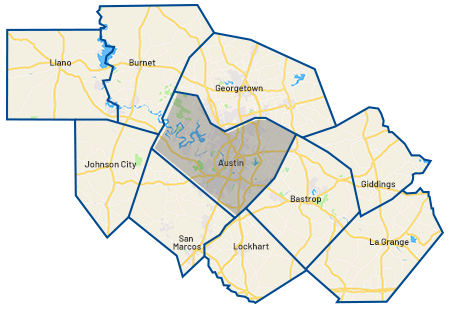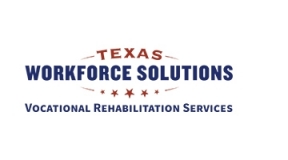Powering Progress: Central Texas’ Roadmap to Semiconductor & Advanced Manufacturing Workforce Readiness
As Central Texas accelerates its role in the global semiconductor and advanced manufacturing boom, a new landmark data study outlines key findings and opportunities to stay competitive, build a resilient talent pipeline, and attract new investment.
Commissioned by Workforce Solutions Rural Capital Area (WSRCA) and guided by regional leaders like Austin Regional Manufacturer Association (ARMA), Workforce Solutions Capital Area, and Opportunity Austin, the Central Texas Semiconductor & Advanced Manufacturing Workforce Report provides an unprecedented analysis of industry demand, workforce readiness, and educational alignment across a 12-county labor shed. The report was prepared in partnership with TIP Strategies.

Why This Report Matters
Central Texas is at the epicenter of historic investments in chips, aerospace, defense, and next-gen manufacturing. With upwards of 33,000 new jobs projected in related industries by 2030, the region faces an urgent imperative: prepare a skilled workforce that meets the moment.
This report offers data-driven insights and actionable strategies to align stakeholders, from school districts to employers, economic developers, and policymakers. The result? A clearer picture of what roles are needed, what training is available, and where opportunities—and risks—lie.
Key Findings at a Glance
1. High-Demand Roles and Skills
- Top roles include: Industrial engineers, software developers, production supervisors, electrical engineers, and maintenance technicians.
- Many of these positions offer wages well above the regional living wage, making them ideal career pathways.
- Employers face challenges hiring essential roles like assembly technicians, orbital precision welders and CNC machinists.
2. Rising Workforce Demand
- The regional sector could see over 4,100 annual job postings, based on the current posting patterns of semiconductor and advanced manufacturing companies.
- As companies expand regionally, annual job postings are expected to increase by as much as 600/year.
3. Supply-Side Gaps
- The retirement cliff is real: Over half of the region’s in-demand occupations have above-average shares of retirement-age workers.
- Although regional higher education institutions produce thousands of grads annually in related programs, technician roles don’t typically require extensive education beyond short-term, skilled training programs.
- New apprenticeship programs are getting off the ground and are expected to grow as a source of talent.
4. Hard-to-Find Roles
- Several in-demand engineering and professional roles have high talent concentrations in the region, suggesting a strong talent pool.
- Other in-demand occupations, especially technicians and assemblers, as well as hard-to-find CNC machinists and welders, talent concentrations in the region.
5. Actionable Insights for Stakeholders
- Case studies from NTxSI, FAME, NY CREATES, and others show how regions are organizing around:
- Employer-led skills standards
- K–12 and community college alignment
- Modern apprenticeship models
- Veteran transitions and upskilling pipelines
🚀 Call to Action: Be Part of the Workforce Solution
This report is not just a data exercise—it’s a strategic blueprint for employers, educators, chambers of commerce, and policymakers to align on a shared vision for economic opportunity.
We invite you to:
- Download the full report and Executive Summary and share it with your teams.
- Connect with Workforce Solutions Rural Capital Area, Workforce Solutions Capital Area, Opportunity Austin, and the Austin Regional Manufacturers Association to participate in ongoing sector strategies and workforce alignment efforts.
- Use the data to advocate for targeted investments in training, apprenticeships, and youth career awareness.
For any questions, please email Sarah Ruddy at sarah.ruddy@ruralcapital.net.
Together, we can ensure Central Texas leads the nation not just in innovation—but in opportunity.












